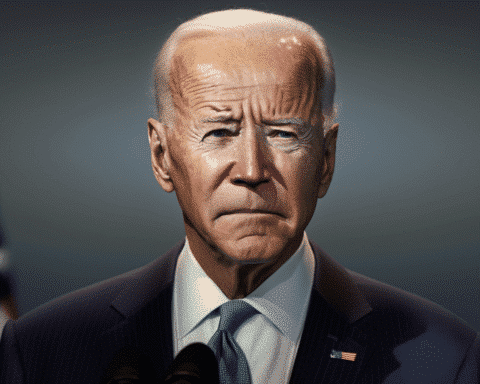In a recent Goldman Sachs conference in New York, Wells Fargo CEO Charlie Scharf delivered a stark outlook for the bank’s future workforce management. With a looming wave of layoffs and a hefty severance bill on the horizon, Wells Fargo is facing a significant shift in its operational structure. Scharf’s statements reflect broader trends in the banking industry, marked by cost-cutting measures and efficiency drives amid economic headwinds.
Charlie Scharf, CEO of Wells Fargo, has publicly acknowledged the bank’s impending challenges. In a candid address to investors, Scharf revealed, “We’re looking at something like $750 million to a little less than a billion dollars of severance in the fourth quarter that we weren’t anticipating, just because we want to continue to focus on efficiency.” As confirmed by a bank spokeswoman, this substantial severance cost is an accrual for expected worker layoffs next year. However, specifics on the number of job cuts remain undisclosed.
The drive towards efficiency comes when employee attrition at Wells Fargo has significantly slowed, prompting the need for more aggressive headcount management. This scenario is not unique to Wells Fargo; other Wall Street leaders, including Morgan Stanley CEO James Gorman, have echoed similar concerns about bloated workforces due to low attrition rates. The banking industry, grappling with rising funding costs, a downturn in Wall Street transactions, and concerns over loan losses, has steadily reduced its workforce.
Wells Fargo, ranking fourth among U.S. banks in terms of assets, has been particularly active in layoffs, especially following its withdrawal from the mortgage arena. The bank has already reduced its workforce by approximately 11,300 jobs in 2023, equating to 4.7% of its employees, bringing the total headcount to 227,363 as of September.
In his speech, Scharf emphasized the need for greater efficiency while continuing to invest in key revenue-generating sectors like credit cards and capital markets. He remarked on the bank’s current inefficiency, stating that Wells Fargo “is not even close” to where it should be in terms of operational effectiveness.
A strategic shift in employee management is also evident under Scharf’s leadership. The bank is consolidating its workforce around office hubs, offering paid relocations to some employees while others face the option of severance. Those unwilling or unable to move may risk losing their roles, per an insider’s knowledge.
Despite these cautionary measures, Scharf expressed optimism about the resilience of consumers and businesses, suggesting a “soft landing” for the U.S. economy next year. Nevertheless, the market response was tepid, with Wells Fargo shares dropping about 1% following these revelations on Tuesday.
Wells Fargo’s announcement of nearly $1 billion in severance costs signals a significant realignment in its workforce strategy. As the bank navigates through economic uncertainties and strives for greater efficiency, its actions reflect broader trends in the banking sector and the challenges ahead. CEO Charlie Scharf’s strategy, balancing efficiency with growth in certain areas, will be crucial as the bank prepares for a potentially turbulent year early.




